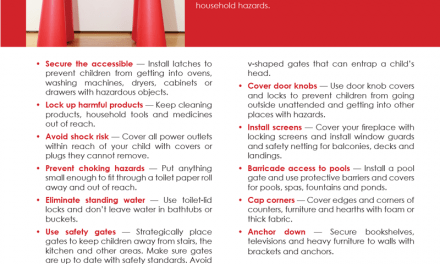Have client attitudes toward natural hazards that affect property values changed in 2020?
- No, attitudes about natural hazards have not changed in 2020. (67%, 14 Votes)
- Yes, they now ask more questions about natural hazards. (29%, 6 Votes)
- Yes, they now ask fewer questions about natural hazards. (5%, 1 Votes)
Total Voters: 21
How likely is your home to succumb to fire, flood or other weather-related disaster?
As California real estate falls under the threats of rising sea levels and an increasing occurrence of wildfires, this is a question increasingly on the minds of homebuyers.
For an answer, many homebuyers are turning to climate change hazard maps, which have become increasingly common over the past decade. A number of services offering climate change scores for individual properties have popped up to cover the increasing risks of climate change, according to the New York Times.
Any property might be subject to natural hazards, which include:
- special flood hazard areas;
- potential flooding and inundation areas;
- severe fire hazard zones;
- wildfire areas;
- earthquake fault zones; and
- seismic hazard zones.
In California, the seller of any type of real estate needs to deliver the Natural Hazard Disclosure (NHD) report to a buyer at the start of negotiations. This report is used to disclose any natural hazards known to the seller, including those available in public records. [See RPI Form 314; CC §1103.1(b)]
The existence of a hazard due to the geographic location of a property affects its desirability, and thus its value to prospective buyers — a material fact requiring disclosure. Hazards, by their nature, limit a buyer’s ability to develop the property, obtain insurance or receive disaster relief. As climate change makes natural disasters more frequent, the importance of disclosure is higher than ever.
Related article:
Infrastructure, climate risks are biggest issues facing real estate today
Preparing the NHD
A seller and their agent need to exercise ordinary care in gathering natural hazard information, either on their own or with the assistance of a natural hazard expert, such as a geologist or engineer.
The NHD encourages brokers and their agents to use NHD experts to gather and report the information publicly available from the local planning department rather than do the work themselves. This practice relieves the seller’s agent of any liability for errors unknown to the agent.
An agent uses the Authorization to Prepare Natural Hazard Disclosure published by RPI to document a request for an inspection ordered by behalf of the seller (or buyer). It authorizes an NHD expert to prepare an NHD report for disclosing property conditions to a buyer. [See RPI Form 131]
For the seller and their agent to rely on an NHD report prepared by a third party, the seller’s agent needs to:
- request an NHD report from a reliable expertin natural hazards;
- review the NHD form prepared by the expert and enterany additional knowledge the seller or seller’s agent may possess, whether contrary or supplemental to the expert’s report; and
- sign the NHD Statement provided by the expert and deliverit with the NHD report to prospective buyers or buyer’s agents on commencement of negotiations. [CC §1103.2(f)(2)]
The NHD report always needs to be given to the buyer prior to the seller’s acceptance of an offer. Upfront factual disclosures notify the buyer of any property conditions known to the seller or the seller’s agent. Without this information, a prudent buyer is unable to set a price and make an informed offer. Negotiations with a prospective buyer trigger a full disclosure when the buyer or their agent seeks additional information beyond the data contained in any marketing materials.
In the years ahead, climate change impacts are expected to continue to worsen. California homeowners are uniquely situated to stand to lose property value due to both increasing wildfire risk and rising sea levels. Therefore, real estate agents need to demand detailed and complete NHD reports from sellers. Forward-looking agents will take this opportunity to adapt strategies for safeguarding Californians’ most treasured investments.
Click here for more information on this video.














